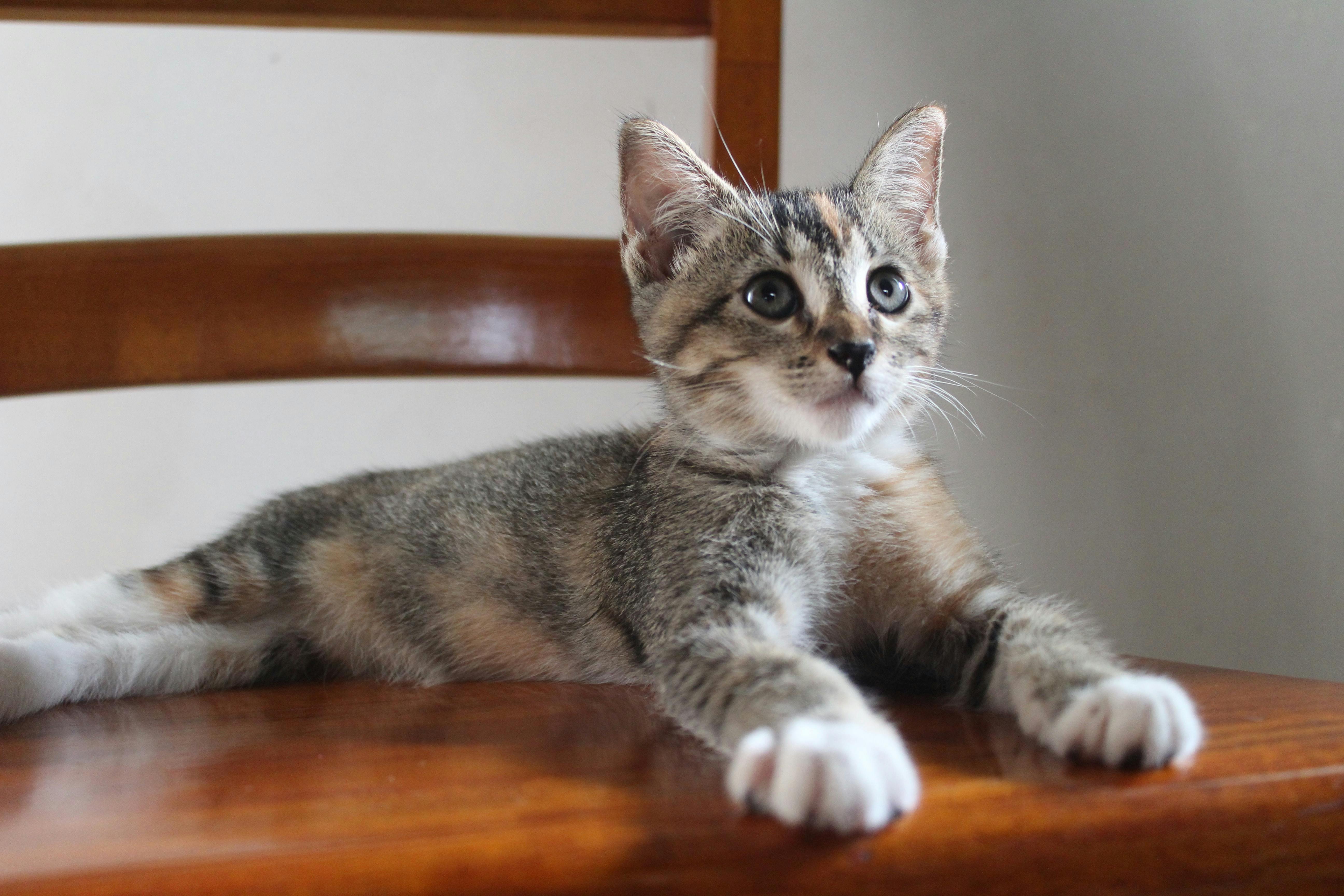Are you thinking of switching your cat to a new food? Maybe your fur-baby needs to switch from kitten to adult food, for example, or you’ve found a better-quality diet you’d prefer them to eat.
Whatever the case may be, it is OK to change your cat’s food. However, the process isn’t as simple as just throwing out their old food and feeding them a new one straight away.
Let’s take a closer look at some of the common reasons why you might want to switch foods, and how you can safely transition your cat to a new diet.
Is it OK to switch to a new cat food?
You’re on this page because you’re looking for the answer to this question. Happily, in most cases the answer is yes.
It’s generally fine to change your cat’s food to a different brand. Provided the new food is complete and balanced, suitable for your cat’s life stage, and that they actually like the taste of it, there’s no reason why you can’t mix it up. In fact, switching to a new diet could even provide a range of benefits for your cat (more on this below).
Of course, if your pet is currently on a diet recommended by your veterinarian, you’ll need to get their approval before you make the switch to any other food. That way you can be sure that the switch won’t cause any health problems for your fur-baby.
Why should I change my cat’s food?
There are several reasons why you might decide it’s time to change your cat’s food. Some of the common ones include:
You want to switch to a higher-quality food
Your veterinarian has recommended switching to a new diet
The food you currently give your cat is the subject of a recall
Your pet needs a different food to suit their life stage (e.g., a food for senior cats)
Their current food is causing digestive problems
Your cat is a picky eater and you want to try feeding them something a little more palatable
Whatever the situation, there are lots of good reasons why your cat might welcome a change in diet. However, sudden diet changes are generally not recommended — unless, of course, this action is advised by your vet. But in most cases, the best approach is to transition your kitty to their new food gradually.
Why you need to change food gradually
Eating any new food has the potential to cause digestive upset for your fur-baby. And when we say digestive upset, we mean
vomiting,
diarrhea, and excess gas, which can obviously be unpleasant for you as well as for your cat. But when you introduce the new food slowly, this reduces the chance of any tummy troubles.
Cats also have a reputation as being finicky eaters. This isn’t because they’re food snobs, but because some cats can display something known as neophobia. This is actually thought to be related to a survival mechanism that stops them eating tainted food in the wild, and it can potentially make your kitty wary of trying new foods. That’s why introducing new food slowly will help your pet adapt to their changing diet.
How to change your cat’s food
The key thing to remember when switching your cat to a new diet is to take it slowly. So instead of changing foods from one meal to the next, the most commonly recommended approach is to transition from old food to new over a period of around 7 to 10 days. For cats that are especially finicky eaters, the process may even take a couple of weeks.
Here’s what you need to do. Start by mixing in a little bit of your pet’s new food with their old food at meal times, gradually increasing the amount as you go. The timetable for the transition could look something like this:
Days 1 to 3: 25% new food and 75% old food
Days 4 to 6: 50% new food and 50% old food
Days 7 to 9: 75% new food and 25% old food
Day 10: 100% new food
This way you’ll be able to give your pet time to adjust to their new food, hopefully reducing the chance of an upset stomach.
There’s also plenty you can do to encourage a reluctant cat to try their new food. For example, giving your cat a quiet and safe place where they can eat may help, while hand-feeding can also make a big difference to the way your kitty approaches their food.
Signs your cat's new diet isn’t working
Hopefully, your kitty’s transition to a new food will be smooth and stress-free. But things don’t always go to plan, so keep a close eye on your pet for any signs that the new diet may not be agreeing with them.
The most common symptoms are those of digestive problems, such as diarrhea and vomiting. But there may be other signs too, such as if your cat turns their nose up at the food, if their coat is dull, or if they lose weight.
If you notice any worrying signs, get your cat to the vet for a checkup. Your vet will examine your cat to find out what’s causing their health issues and whether their new food is part of the problem.
Thinking about transitioning your cat to a new food?
Chat with a vet now to discuss your concerns and your cat's dietary needs.
A high-quality diet is essential for keeping your cat happy and healthy. Digestive problems and food allergies can be expensive to treat.
Compare pet health insurance plans to save more than $270 a year on vet care.


